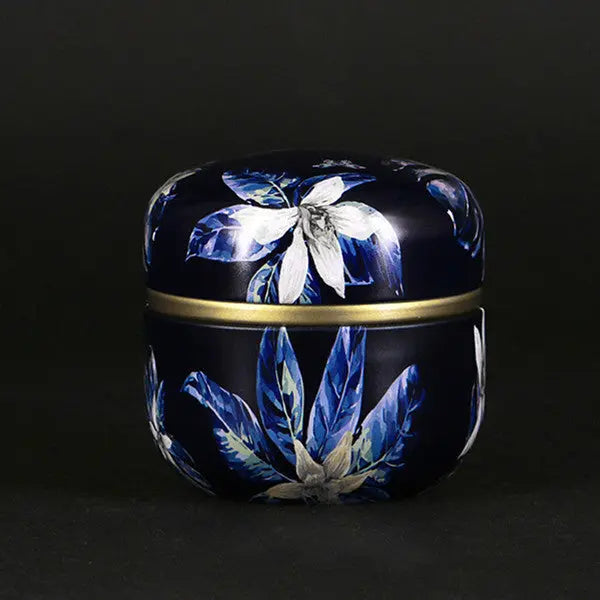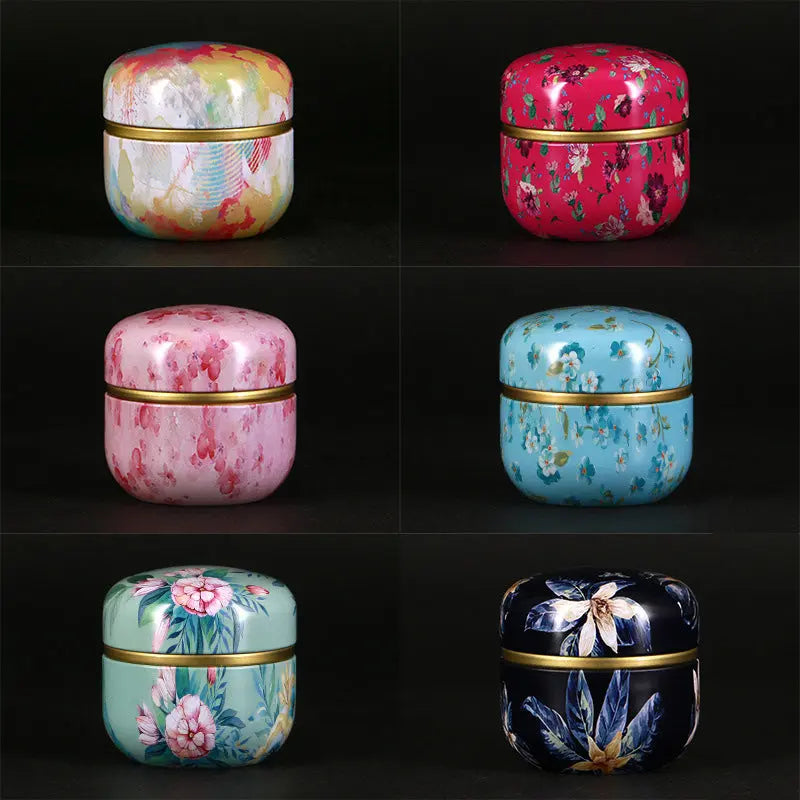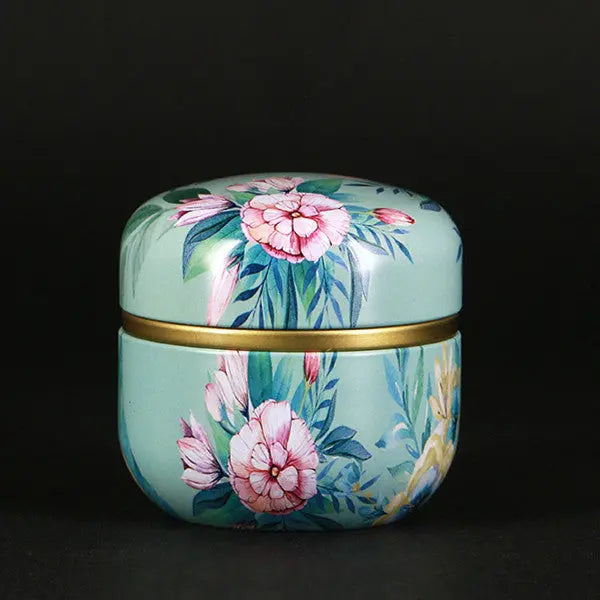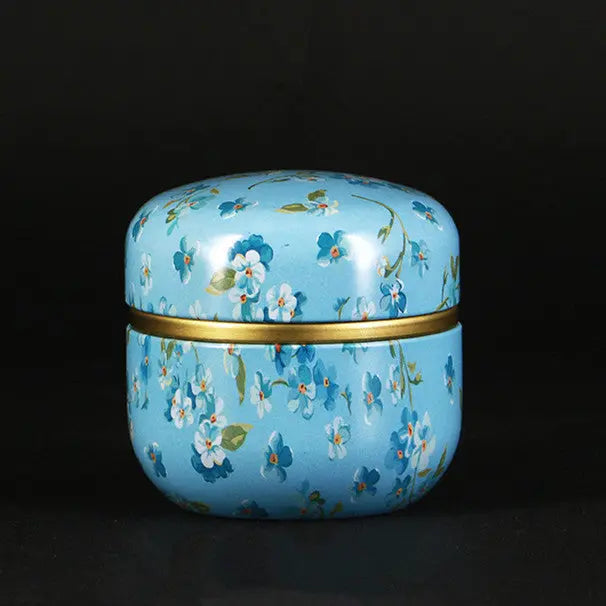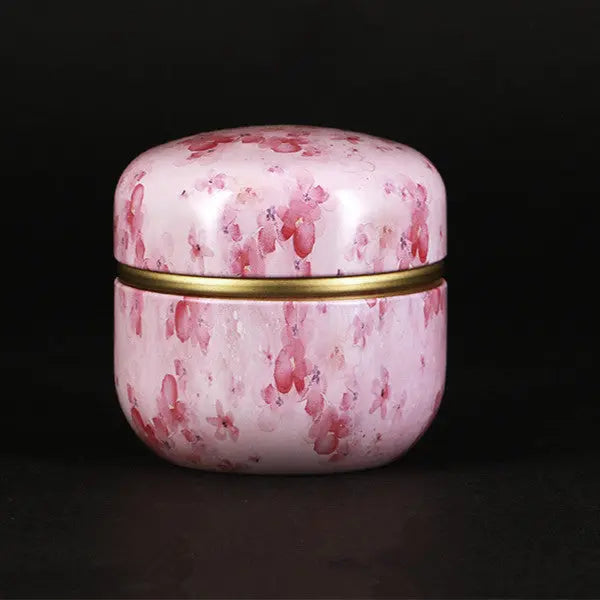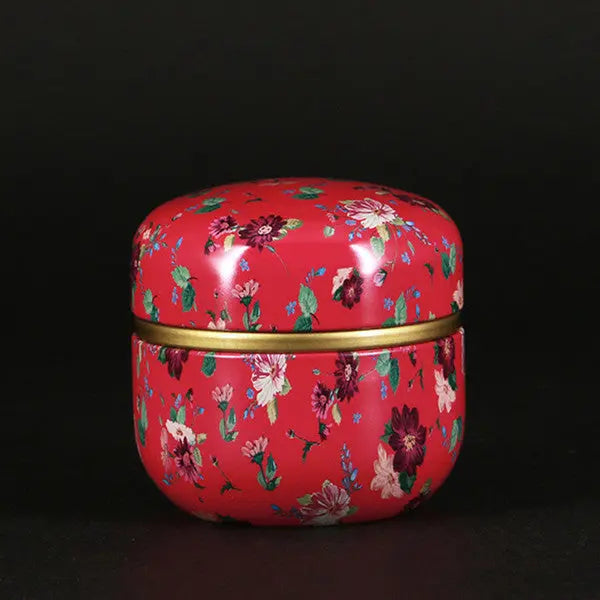The Cremation Process: A Step-by-Step Guide
Cremation has become an increasingly popular choice for families seeking a dignified and meaningful way to honour their loved ones. While it may seem like a straightforward process, cremation involves several steps that are carefully designed to ensure respect, safety, and professionalism. In this article, we’ll explore the cremation process in detail, from the initial preparations to the final return of the ashes.
1. Identification and Authorisation
The first step in the cremation process is ensuring proper identification and obtaining the necessary permissions.
Identification
When the body is received at the crematorium or funeral home, a detailed identification process is conducted. This often involves a tag or unique identifier that accompanies the deceased throughout every step of the process. This tag ensures there is no mix-up and that the ashes returned to the family belong to their loved one.
Authorisation Forms
Next, the crematorium requires authorisation from the next-of-kin or legal representative. This involves signing a cremation authorisation form, which grants permission for the process to proceed. Depending on local regulations, additional documentation, such as a death certificate, may also be required.
Practical Tip: It’s important to verify all details on the authorisation forms to avoid delays. Funeral directors can guide families through this paperwork, easing the administrative burden during an emotional time.
2. Preparing the Body for Cremation
Before the actual cremation begins, the body is prepared in a manner that ensures both respect and safety.
Personal Items and Medical Devices
Personal items such as jewellery, watches, or keepsakes are removed if not already done so by the family. Any medical devices, such as pacemakers, are also removed. Pacemakers, in particular, can pose a safety hazard as they may explode under the high heat of the cremation chamber.
Placement in a Cremation Container
The body is placed in a combustible container, often made of wood, cardboard, or fibreboard. This container serves as both a protective covering for the body and a vessel for ease of handling. It also ensures a clean cremation process by preventing direct contact with the chamber.
Practical Tip: Families can select containers based on their preferences or budget. Some opt for basic cardboard containers, while others choose more decorative options.
3. The Cremation Process
The actual cremation takes place in a specially designed furnace, known as a cremation chamber or retort.
The Cremation Chamber
The chamber is lined with heat-resistant bricks and can reach temperatures between 870°C and 980°C. The body, in its container, is carefully placed into the chamber using a mechanical device to ensure safety and precision.
The Combustion Process
The high heat reduces the body to bone fragments and gases. This process typically takes between one to three hours, depending on factors such as the size of the body and the efficiency of the chamber. The gases are released through a filtration system that minimises environmental impact.
Environmental Note: Modern crematoriums often include advanced filtration systems to reduce emissions and comply with environmental regulations.
4. Cooling and Processing the Remains
Once the cremation process is complete, the remains must cool before they can be handled further.
Cooling Period
The bone fragments, which remain after the combustion process, are left to cool in the chamber. This step ensures they can be safely removed without the risk of burns.
Processing the Fragments
The cooled fragments are collected and processed in a machine called a cremulator. This device grinds the fragments into a fine, sand-like consistency, commonly referred to as "ashes." These ashes are what families receive as the final remains of their loved one.
Practical Tip: Cremains typically weigh between 2 and 3 kilograms for an adult, though this can vary depending on body composition.
5. Returning the Ashes to the Family
The final step in the cremation process is the careful preparation and return of the ashes to the family.
Ashes Placed in a Temporary Container
Initially, the ashes are placed in a simple container provided by the crematorium. Families may also choose a decorative urn or keepsake container, which can be purchased separately.
Options for Memorialisation
Once received, families have several options for honouring their loved one. Common choices include:
- Scattering the Ashes: In a meaningful location, such as a garden, park, or the sea. Be sure to check local regulations before scattering.
- Displaying the Ashes: Many families choose to keep ashes in a decorative urn at home.
- Incorporating into Keepsakes: Ashes can be made into jewellery, glass ornaments, or even planted with a tree to create a living memorial.
Practical Tip: Discuss memorialisation preferences with loved ones in advance. Knowing their wishes can provide comfort and clarity during a difficult time.
Environmental Considerations in Cremation
While cremation is often viewed as an eco-friendly alternative to burial, it does have an environmental impact.
Energy Usage and Emissions
The process requires significant energy, and emissions such as carbon dioxide are released during combustion. However, advancements in technology are helping reduce this impact.
Greener Alternatives
For those seeking environmentally friendly options, alternatives such as bio-cremation (alkaline hydrolysis) or natural burials are worth exploring. These methods use less energy and have minimal environmental impact.
Did You Know? Some crematoriums offer carbon offset programmes to help families minimise the ecological footprint of the process.
Emotional and Practical Support During Cremation
The cremation process is not just a technical procedure; it is an emotional journey for families.
The Importance of Support
Funeral directors and crematorium staff play a vital role in ensuring that families feel supported throughout the process. From answering questions to providing guidance on memorialisation, their expertise can bring comfort during a challenging time.
Open Communication
Many families find it helpful to ask detailed questions about the process. Understanding the steps involved can alleviate fears or misconceptions and provide peace of mind.
Conclusion: A Dignified Journey
The cremation process is a respectful and meticulous procedure designed to honour the deceased and provide closure to their loved ones. By understanding each step, from identification to memorialisation, families can make informed decisions that align with their values and preferences.
Whether chosen for cultural, environmental, or personal reasons, cremation offers a meaningful way to commemorate a life well-lived. As you navigate this journey, remember that you are not alone—professionals are available to guide and support you every step of the way.
For Further Reading: Explore our articles on choosing the right urn, creative memorialisation options, and eco-friendly alternatives to cremation for additional guidance.
Your loved one’s memory deserves the utmost care and respect—cremation can provide a lasting tribute that honours their life beautifully.

